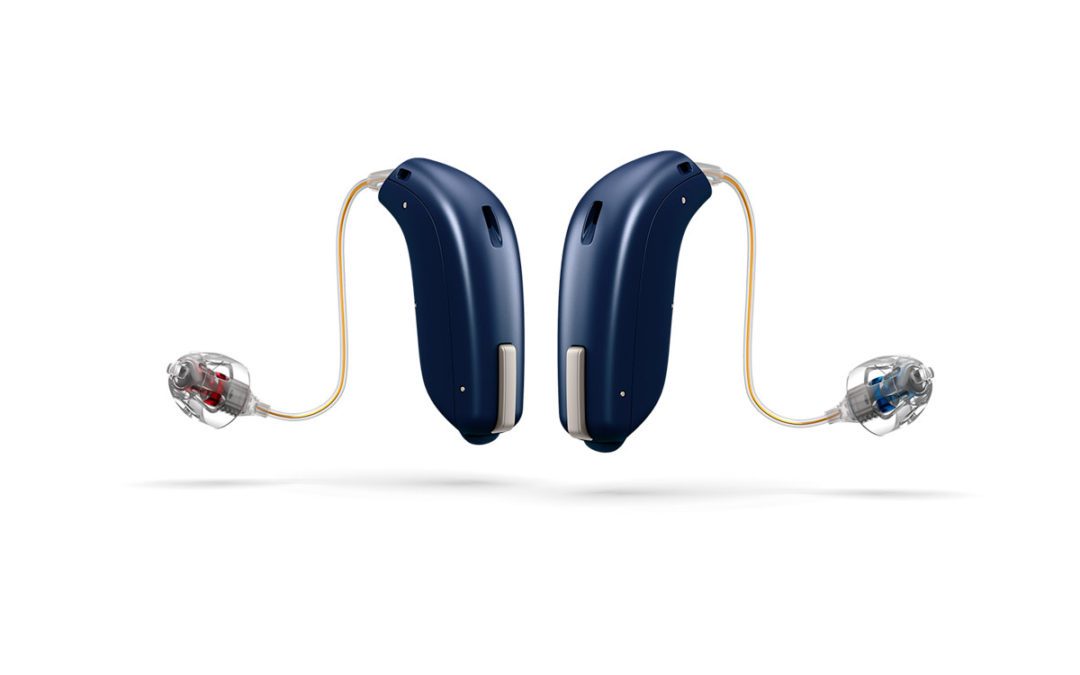
Oct 2, 2018
When people delay treatment for hearing loss or elect not to wear a hearing instrument that might help them hear better, their decisions have consequences that extend beyond themselves. For instance, those who come in regular contact with individuals who have...

Sep 25, 2018
For those with mild to moderate hearing loss, “completely-in-the-canal” (CIC) hearing instruments are a cosmetically appealing choice due to their diminutive size, but they may be too small to accommodate certain features. However, the traditional “behind-the-ear”...

Aug 7, 2018
Not only does noise in the workplace have the potential to damage workers’ hearing, but there is evidence that workplace noise may also raise blood pressure and cholesterol levels among workers exposed to elevated noise levels. This is an important finding because...

Jul 31, 2018
While sailors may delight in the prospect of taking to the ocean on a windy day, those wearing hearing instruments often find that the wind poses a challenge to hearing that must be overcome. According to one survey, hearing-instrument users listed wind noise as their...

Jul 24, 2018
In most cases, hearing loss occurs in both ears at roughly the same rate. This means that people who visit the hearing instrument specialist with the expectation that they will need only one instrument may need to adjust their thinking. Patients with “bilateral” (two...

Jul 17, 2018
In an effort to examine the link between a form of age-related hearing loss (involving the inner ear and **hearing nerves) and the risk of developing mild cognitive impairment (MCI), researchers examined 1,604 people with an *average age of 75 years. (MCI is a type of...






